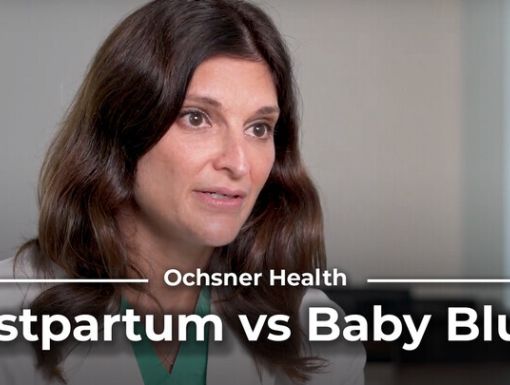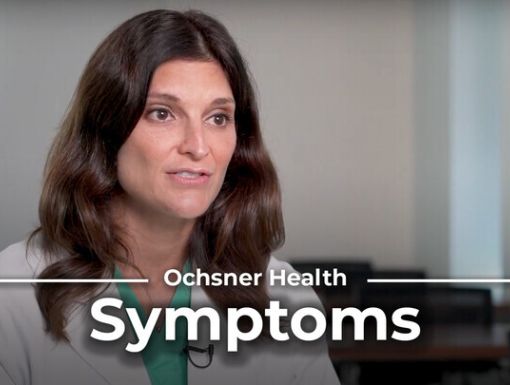
Perinatal Depression: How Can I Feel Better?
Pregnancy is often viewed as a joyous and memorable time of life for moms-to-be, morning sickness and sticky Gulf South weather notwithstanding. However, sometimes the inability to meet the lofty expectations of childbirth and a host of other factors can give mothers a bad case of the blues.
Perinatal depression is the term experts use to describe a mood disorder that occurs during pregnancy or in the first year after childbirth, encompassing both pre and postnatal depression. The National Institute of Mental Health describes perinatal depression as a real medical illness that can affect any mother regardless of age, race, income, culture, or education.
It is not uncommon. According to research posted by the Centers for Disease Control, between 9.7% to 23.5% of pregnant people will experience perinatal depression symptoms. Demographic groups at the highest risk of perinatal depression include women aged 19 years and younger, American Indian/Alaskan Native women, those who smoke during or after pregnancy, and those whose babies died after birth. Research also shows that the risk of perinatal depression is even higher (30% to 40%) among low-income women.
What are the “baby blues?”
“Baby blues” is a term used to describe the relatively mild mood changes and feelings that many women sometimes experience in the first two weeks after having a baby. It’s not surprising that a new mom might feel a bit emotional after a nine-month build-up and the excitement of birth, followed by worry and around-the-clock care.
Up to 70% of all new mothers experience “baby blues.” It is a short-lasting condition that does not interfere with daily activities and does not require medical attention. According to the American Psychiatric Association, symptoms of this emotional condition may include crying for no reason, irritability, restlessness and anxiety.
However, if these mood changes and feelings of anxiety or unhappiness are severe, or if they last longer than two weeks, a woman may have postpartum or perinatal depression. Women with these types of conditions generally will not feel better unless they receive treatment.
Some of the more common symptoms of perinatal depression include:
- Persistent sad, anxious or “empty” moods
- Trouble bonding or forming an emotional attachment with the new baby
- Persistent doubts about the ability to care for the new baby
- Irritability
- Feelings of guilt, worthlessness, hopelessness or helplessness
- Loss of interest or pleasure in hobbies and activities
- Fatigue or abnormal decrease in energy
- Feeling restless or having trouble sitting still
- Difficulty concentrating, remembering or making decisions
- Difficulty sleeping (even when the baby is sleeping), awakening early in the morning or oversleeping
- Abnormal appetite, weight changes, or both
- Aches or pains, headaches, cramps or digestive problems that do not have a clear physical cause or do not ease even with treatment
Cause of perinatal depression
It’s important to note that perinatal depression is not caused by anything the mother did or didn't do, nor does it have a single cause. Research suggests that a combination of genetic and environmental factors can lead to this form of depression.
Research suggests changes in hormones that occur during and after pregnancy, along with the physical and emotional demands of childbearing and caring for a new baby, are contributing factors. In addition, women are at greater risk for developing perinatal depression if they have a personal or family history of depression or bipolar disorder or if they have experienced perinatal depression with a previous pregnancy.
Treatment for perinatal depression
Perinatal depression can have serious health effects on both the mother and baby. But, with the proper treatment, most women will feel better, and their symptoms will subside.
Treatment frequently includes medications, such as antidepressants, or therapy, which teaches people different ways of thinking, behaving and reacting to situations. Sometimes, a combination of the two is prescribed. If these treatments do not reduce symptoms, brain stimulation therapies, such as electroconvulsive therapy, may be an option to explore.
It is important to understand that depression is a medical condition that impacts the mother, the child and the family. Spouses, partners, family members and friends are often the first to recognize symptoms of perinatal depression in a new mother. Treatment from a health care professional is central to recovery.
If you’ve noticed perinatal depression symptoms, it’s time to seek help from your doctor. Schedule your appointment online now.



